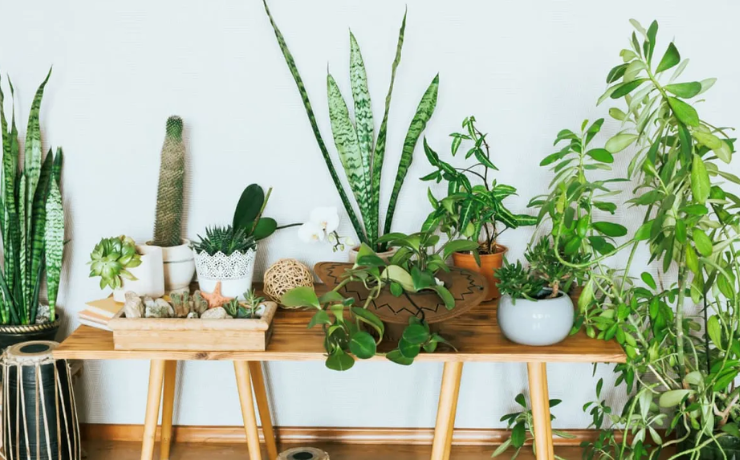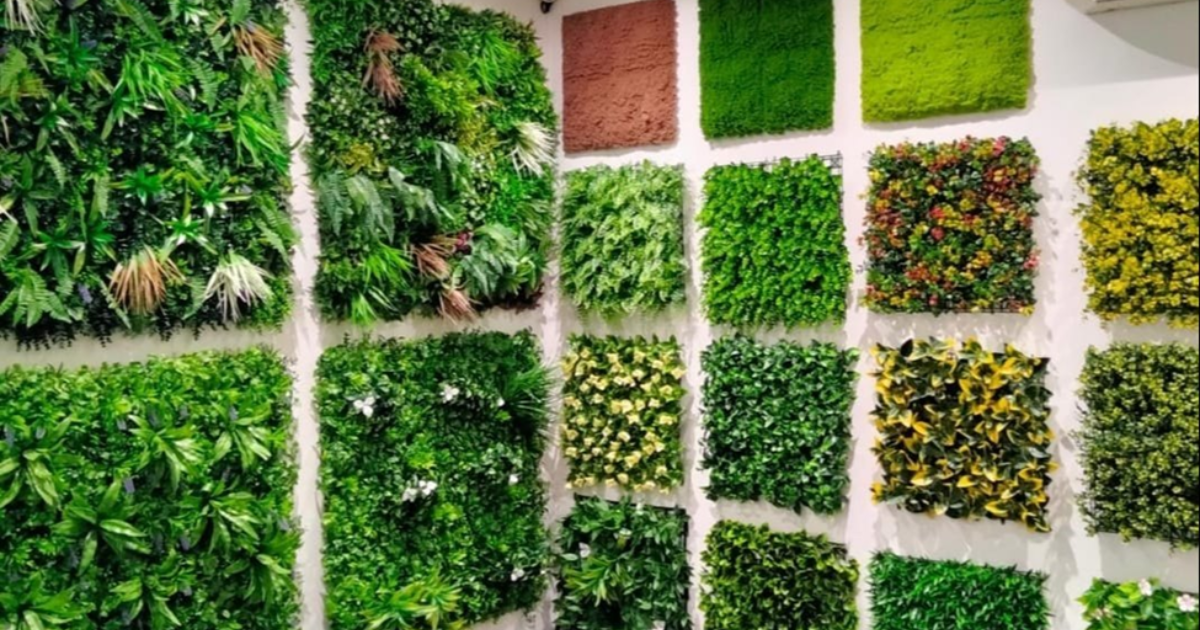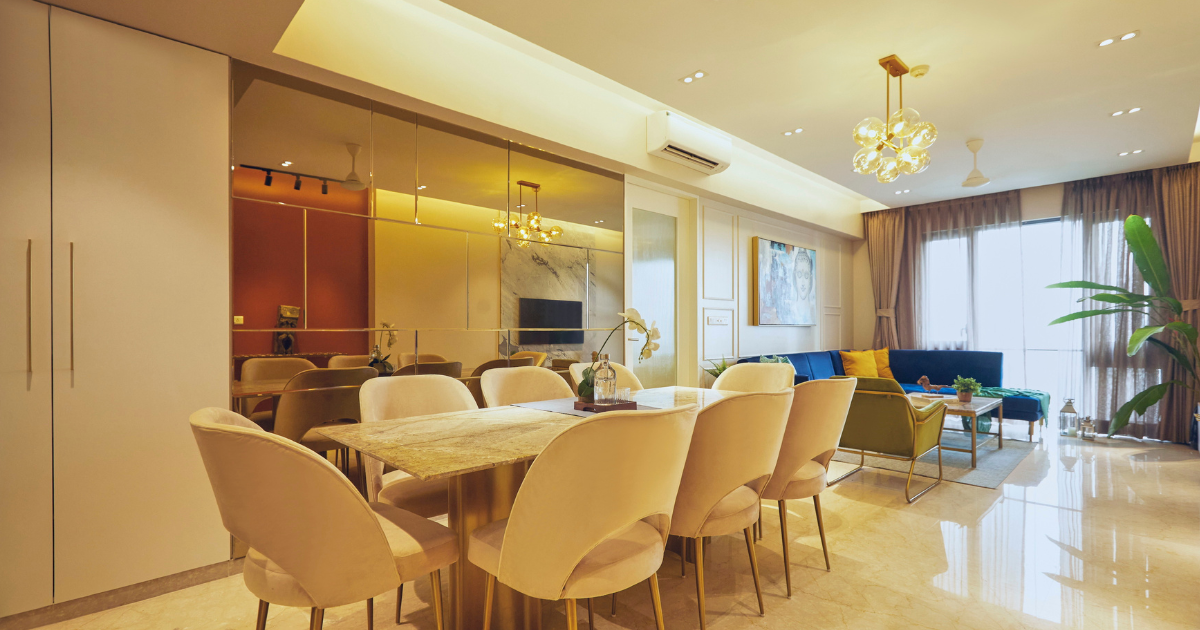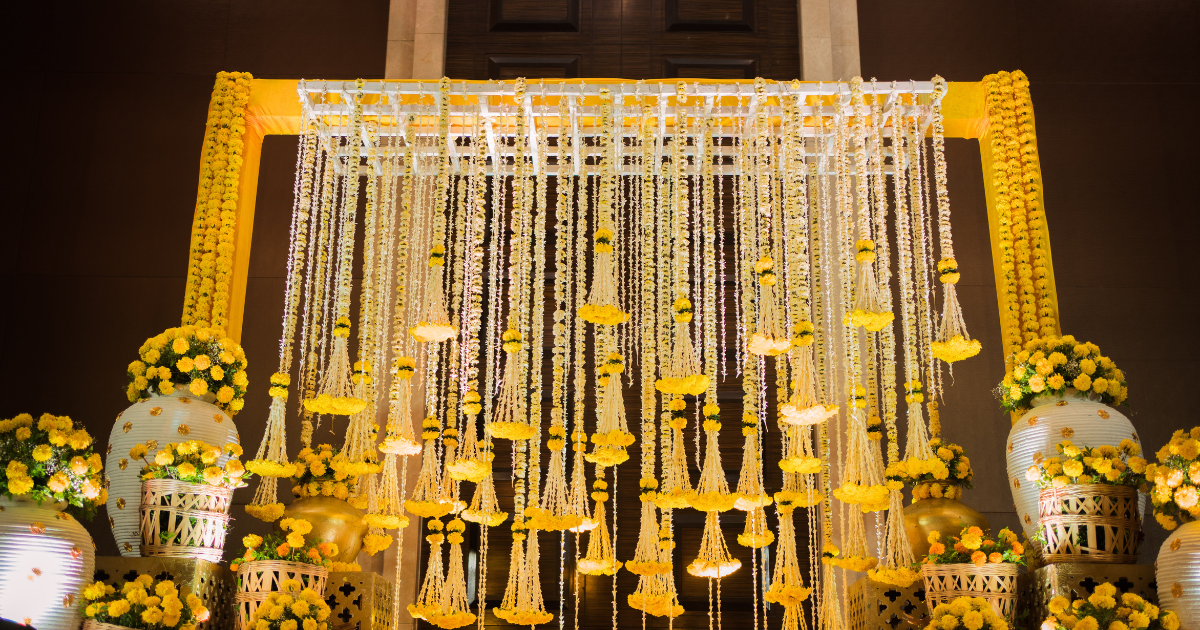There are many plants out there that have amazing benefits. But feng shui plants have more benefits as it focuses on balancing the positive elements in your house. Feng shui plants strengthen the wood element in your house and it is believed that the colour green is the colour of regeneration and renewal. Having feng shui plants in your home brings positive energies and good luck into your house. Here are some of the best feng shui plants you can keep in your home.
Best Feng Shui Plants
- Money Plant
Pilea Peperomiodes or money plant brings good luck, prosperity, and financial abundance. According to Feng Shui, these plants bring good fortune, and the plants require medium sunlight and low maintenance. Placing a money plant in your home brings an ample amount of positive energy.
The best direction to place: North.
- Lucky Bamboo
Lucky bamboo is one of the best feng shui plants and it is easy to grow inside the house. The plant is the symbol of prosperity and good luck. Lucky bamboo is also an attractive plant that modifies the décor of the house. It is believed that the number of stems in the lucky bamboo plant determines the luck of an individual.
The best direction to place: East and South Corner.
- Snake Plant
The snake plant is highly beneficial, and it brings tons of positive energy and good luck. The pattern of snake plants represents upward-growing chi. Not only do snake plants purify the air in the house, but they also produce oxygen 24/7. The plants can survive in direct sunlight and also in low light.
The best direction to place: South, or east direction.
- Peace Lily
The peace lily is a beautiful plant that brings good fortune and luck. The plant has bright white flowers and long strappy green leaves. When you have a peace lily in your home, it creates a pleasant environment and purifies the air. Not only that peace lilies are believed to bring peace and prosperity into the house.
The best direction to place: East Facing, or North Facing window.
- Jade Plant
The Jade plant is the symbol of wealth and prosperity. It is also a traditional gift given to friends because it is believed that the jade plant strengthens the bond between friends. You can keep this plant at the house entrance to welcome good fortune. Do not keep the plant in the bedroom, it is important to take care of this plant by giving a maximum of 12 hours of sunlight and it requires less water.
- Aloe Vera
The Aloe vera plant is one of the most common plants in households. According to feng shui, Aloe vera symbolizes healing. They have air-purifying, antibacterial, and antioxidant properties. The gel inside the leaves is used for healing several troubles and they also bring vibrant and protective vibes to homes.
The best direction to place: East or North
- Palms
Palm is a lucky plant to keep inside your house. Even though they are large, they are a great piece of decoration and look perfect anywhere in the room. They bring good luck, happiness, and positive energy into the home. Palms are available in different species; some species prefer direct sunlight and others prefer shade.
The best direction to place: East or North
- Morning Glory
Morning glory is a beautiful flower plant. The plant looks beautiful when they bloom during the earliest hours of the morning. Morning glory flowers bloom completely when they are exposed to full sunlight. Morning glory brings good luck, peace, and happiness and prevents bad dreams. The plants prefer full sun and tolerate very light shade.
The best direction to place: East or North.
- Basil
Basil or Tulsi is a sacred plant, and they are worshipped throughout the year. According to Vastu, and Feng Shui, the Basil plant brings many benefits like wealth and luck. The Basil plant is also an ayurvedic plant that helps cure colds, and inflammation problems, and improves blood circulation. The plant prefers warmer conditions with good sunlight.
The best direction to place: North, East, or Northeast.
Conclusion: These are some of the best feng shui plants that you can keep in your home. When you are selecting feng shui plants, make sure that you bring healthy plants and invite positive energies into your home.

































